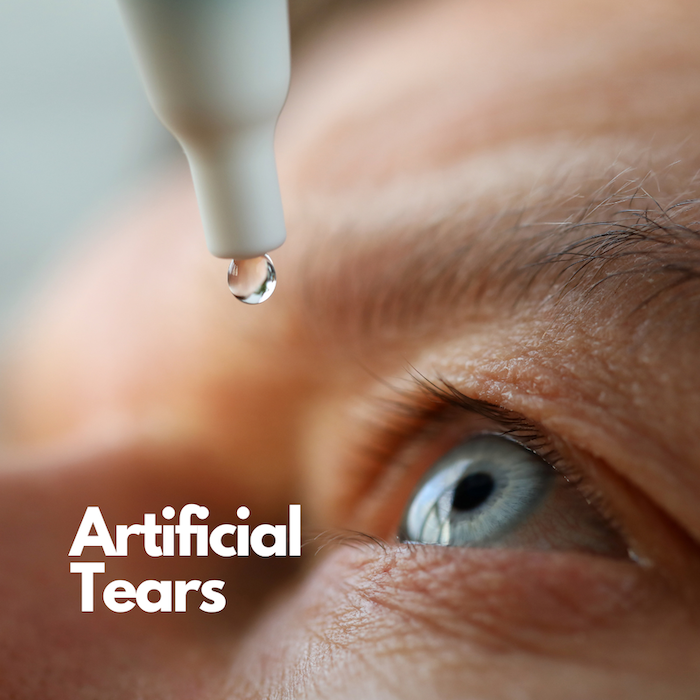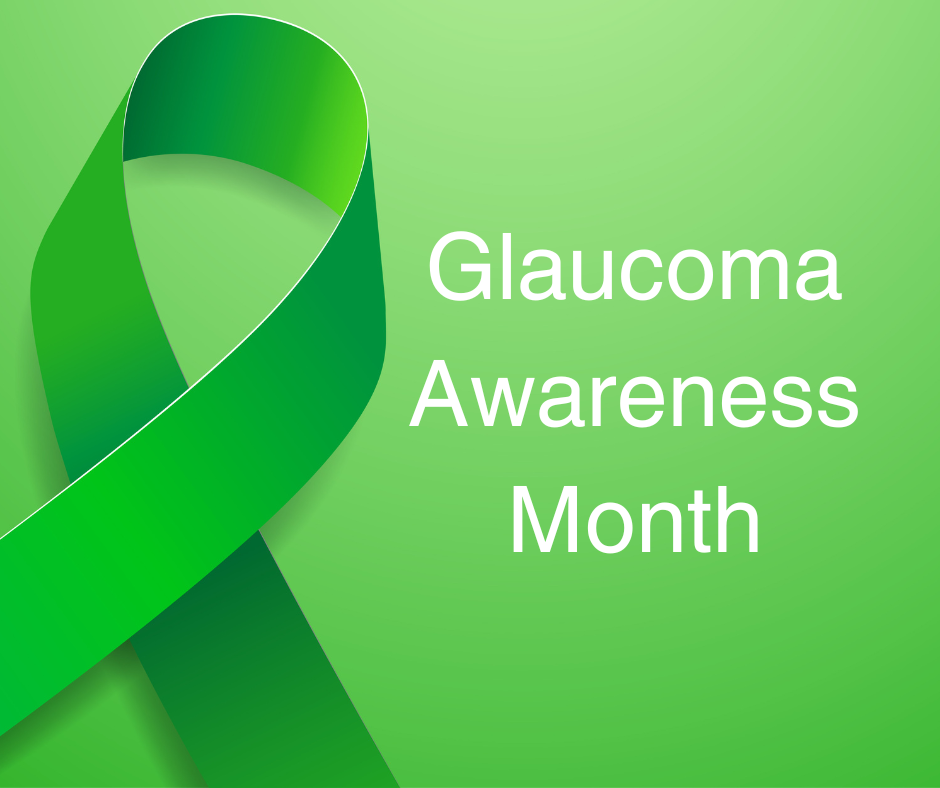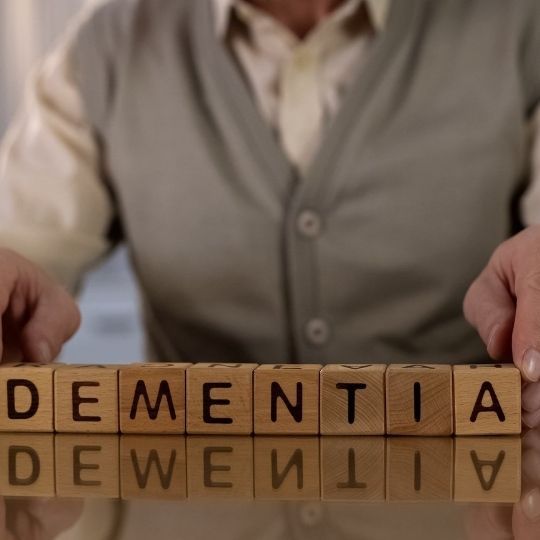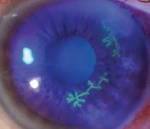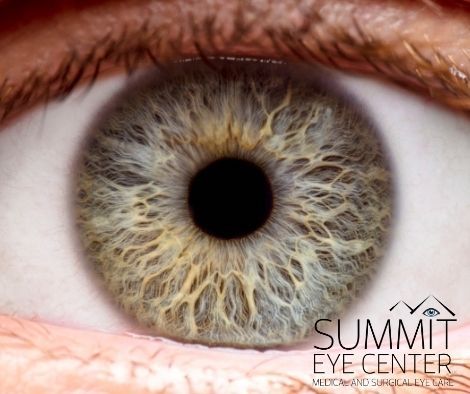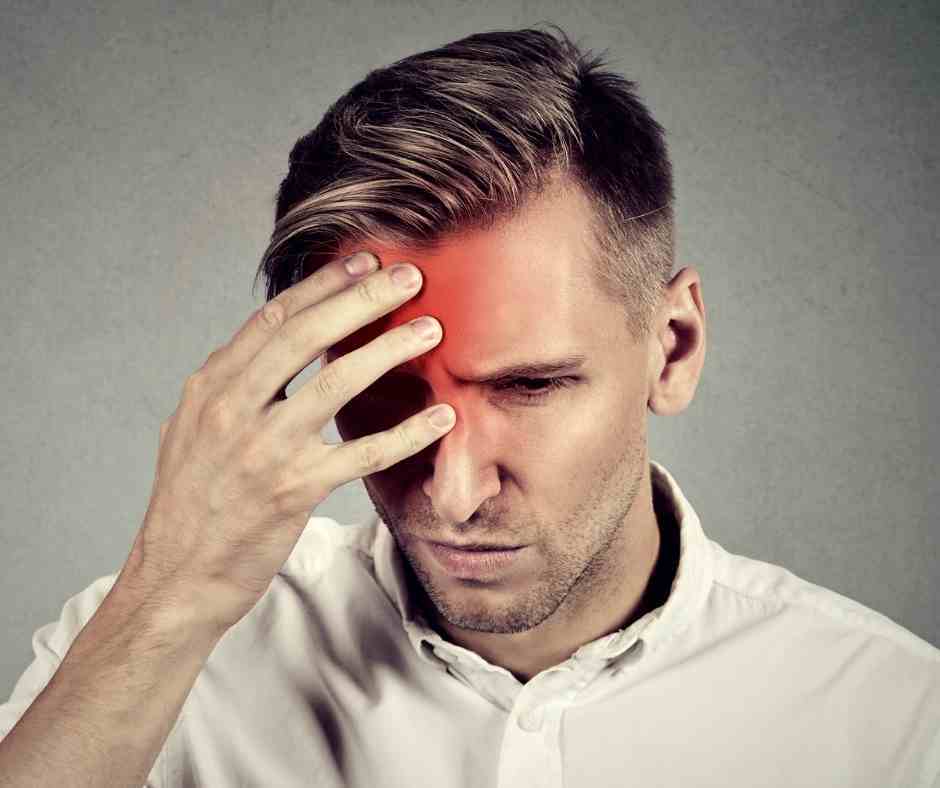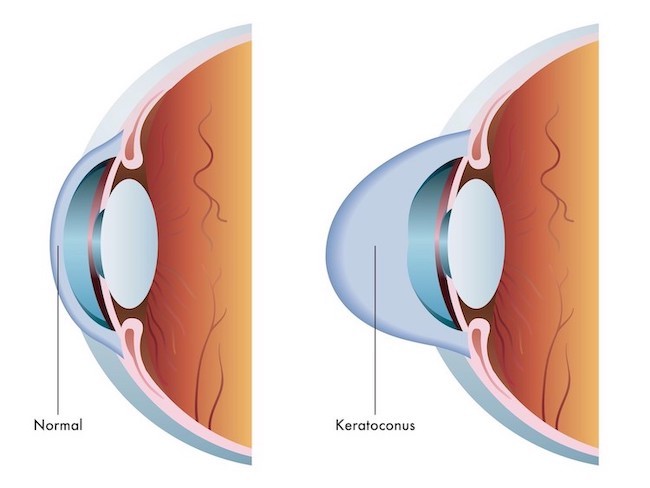
Age Related Macular Degeneration (ARMD) is an eye disease that impacts the macula. The macula is the central part of the retina in the back of the eye that is responsible for the detailed, central vision. In individuals with vision impacting ARMD the central vision is hindered in varying degrees. This vision loss can impact a person's ability to recognize faces, read books, drive, and complete daily tasks.
ARMD is characterized by drusen in the macula. The cells of the retina produce waste products from their cellular functions. Aging causes the body’s process of packaging and eliminating this waste to be less effective over time. The waste product, made of proteins and lipids, accumulates and develops into what are called drusen. Drusen occur naturally with age, but when they become large clumps or clusters they are characterized as a sign of ARMD.
There are two types of ARMD; wet and dry. The dry type of macular degeneration is generally slowly progressing and is characterized by drusen. The wet type of macular degeneration develops when dry ARMD begins to bleed. This type progresses more quickly and causes a decrease in vision over a short period of time.
Risk factors for developing ARMD include:
- being over the age of 60
- have a family history of ARMD
- smoking
- having high blood pressure
- being overweight or obese
Knowing the risk factors of ARMD allows individuals to make lifestyle choices that can help reduce their risk of developing the disease. Avoiding smoking and smoking cessation can greatly reduce your risk of developing ARMD. Additionally, eating a healthy diet with many colorful fruits and vegetables, while remaining physically active is beneficial in reducing the risk of developing ARMD.
If a person has a family history of ARMD or has early signs of the disease an ophthalmologist or optometrist may recommend the AREDS-2 vitamin formulation. The 5 year study of the AREDS-2 vitamin formulation determined that in individuals diagnosed with ARMD, taking the vitamin slowed disease progression. While the vitamin is safe to take even if a person has not been diagnosed with ARMD, there is no evidence to suggest that it prevents ARMD from occurring.
Currently there is no cure for ARMD, but there are treatments. In individuals with dry ARMD, taking the AREDS-2 vitamin, and modifying lifestyle choices to reduce risk factors are recommended. Medication treatment options are available for individuals with wet ARMD, and certain types of advanced dry ARMD.
Annual comprehensive dilated eye exams are important to monitor for changes related to ARMD. Sudden changes or decrease in vision should be reported immediately to your eye care provider. The costs of diagnosing and managing macular degeneration are covered under medical insurance including Medicare and other commercial insurance plans.
Summit Eye Center physicians Dr. Skelsey and Dr. Kleinsasser are skilled in diagnosing and monitoring ARMD. To learn more or schedule an appointment contact Summit Eye Center at 816-246-2111 or This email address is being protected from spambots. You need JavaScript enabled to view it..
This blog is authored by Taylor Oswald, ophthalmic assistant and University of Missouri Kansas City- Health Sciences Intern.
Citations
Mayo Foundation for Medical Education and Research. (2023, September 21). Treatments for wet macular degeneration. Mayo Clinic. https://www.mayoclinic.org/diseases-conditions/wet-macular-degeneration/in-depth/treatments-for-wet-macular-degeneration/art-20538639?gad_source=1&gclid=Cj0KCQiAoKeuBhCoARIsAB4WxtdpxuEAk5dVgh4j1u17QiRkMkqu6sSNQ3sg4XDSD126HreQvemD6E4aAhwLEALw_wcB
Medeiros, S., & Hazanchuk, V. (2021, January 11). Lower your risk of macular degeneration. American Academy of Ophthalmology. https://www.aao.org/eye-health/news/top-5-risk-factors-amd
Porter, D. (2023, April 26). What are Drusen?. American Academy of Ophthalmology. https://www.aao.org/eye-health/diseases/what-are-drusen
U.S. Department of Health and Human Services. (2023, January 9). Age-related eye disease studies (areds/AREDS2). National Eye Institute. https://www.nei.nih.gov/research/clinical-trials/age-related-eye-disease-studies-aredsareds2


